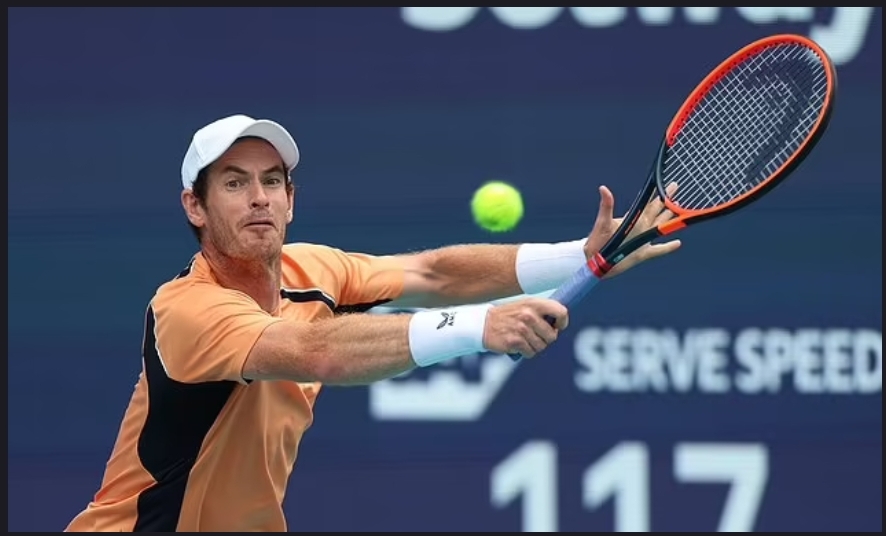
Title: Andy Murray’s Racket Switch: A Bold Move Towards Career Revival
In a surprising turn of events, tennis legend Andy Murray has decided to part ways with his long-standing racket sponsor, Head, and opt for Yonex as he embarks on what could be the twilight phase of his illustrious career. Murray, at 36 years old, is known for his strategic approach to the game, and this move underscores his relentless pursuit of excellence and adaptability.
For two decades, Murray has wielded a Head racket, becoming synonymous with the brand throughout his remarkable journey in professional tennis. However, the Briton’s recent appearance in Bordeaux, brandishing Yonex gear, has sent shockwaves through the tennis world, signaling a significant departure from the norm for the seasoned player.
The decision to switch rackets, particularly after such a prolonged association with a single brand, reflects Murray’s willingness to explore new avenues in his quest for continued success. While some may view this move as risky, Murray’s reputation as a free thinker and innovator within the sport suggests otherwise. With nothing to lose as he approaches the latter stages of his career, Murray is determined to leave no stone unturned in his pursuit of excellence.
It’s worth noting that Murray is not the first top-tier player to switch racket brands. Icons like Roger Federer and Rafael Nadal have remained loyal to Wilson and Babolat, respectively, throughout their careers. However, Murray’s decision to embrace change speaks volumes about his commitment to staying relevant and competitive in a dynamic and fiercely competitive sport.
As Murray gears up for the Bordeaux Challenger event, where he is seeded seventh, all eyes will be on his performance with the new Yonex racket. While the outcome remains uncertain, one thing is clear: Murray’s decision to embrace change could mark the beginning of a new chapter in his storied career.
Beyond the tennis court, Murray’s involvement in the world of padel adds another dimension to his multifaceted sporting persona. As his padel team prepares to receive the Hexagon Cup, Murray’s impact transcends traditional tennis boundaries, highlighting his influence and contributions to the broader sporting landscape.
In essence, Murray’s racket switch is more than just a change in equipment; it’s a statement of intent—a bold declaration that he is not content to rest on his laurels but instead is determined to push the boundaries of his own potential. As the tennis world awaits Murray’s next move, one thing is certain: the era of Andy Murray is far from over; it’s simply evolving.